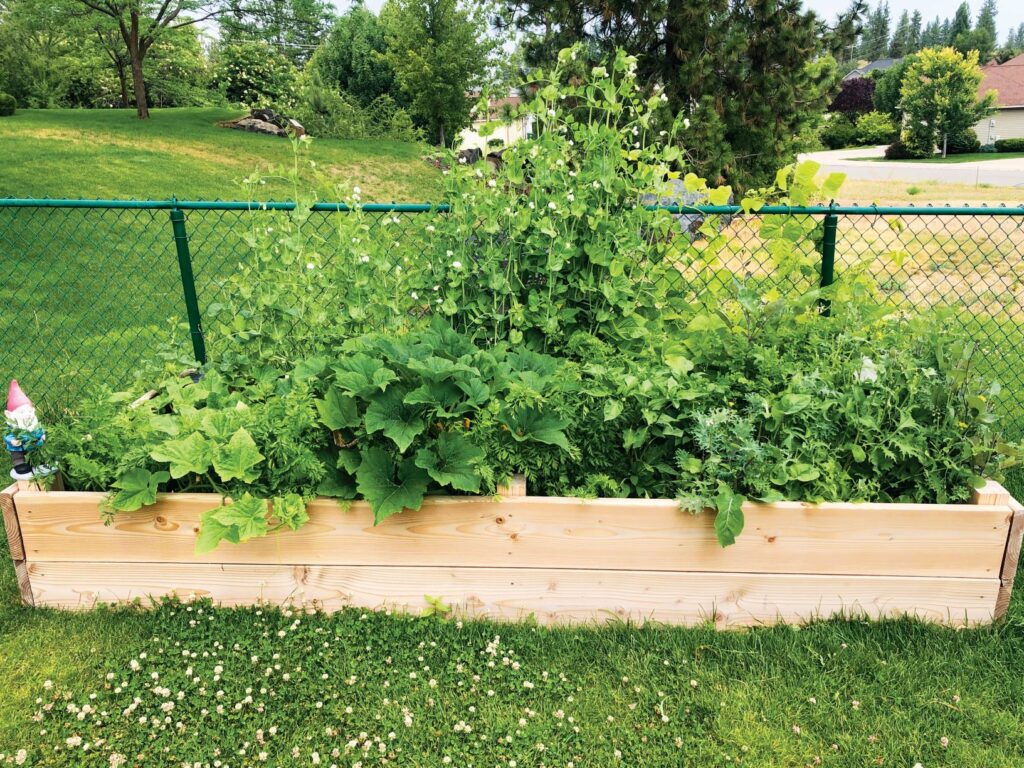Companion gardening may not put you on the cover of Better Homes & Gardens, but it will be better for your home’s garden. Welcome to the messy side of gardening, or, as I like to think of it, “the way nature intended things” gardening: diverse, wild, and healthy.
Companion gardening, the act of growing compatible plants together for their mutual benefit, looks disorderly but provides a boost for the plants, soil, and ecosystem that is your garden box. For example, the “Three Sisters” trio involves planting corn with climbing beans and winter squash. This method of planting was popular in several Native American communities, and for good reason: the cornstalks provide a natural trellis for the beans, the beans replenish the nitrogen levels in the soil, and the shade of the prickly squash leaves helps prevent weeds and pests while retaining moisture for all of the plants. It’s one big happy vegetable family.
After coming across the theory of companion gardening, I asked myself why we didn’t plant like this all the time. It makes sense to let plants that help one another grow with one another. Why wasn’t this the norm?
Well, as a culture we tend to favor the aesthetic of clean, straight rows of veggies or flowers—a few rows of carrots (labeled “carrots”), next to a few rows of peas (labeled “peas”), next to structured circles for bell peppers and jalapeños (labeled accordingly).
Let me confess that I am usually that labeler. I find the beauty of crisp garden rows more appealing than the helter-skelter look of companion gardening, which, when fully grown, looks like a small, snarled jungle.
Author Michael Pollan has a lot to say about our culture’s affinity for order in the garden in his book The Botany of Desire. But the benefits of companion gardening might be enough for you to ditch the rows.

Within the tangle of flowers and veggies is a biodiversity that is healthier than those labeled rows, and it’s all based on the knowledge of certain plant properties.
Pairing the right plants can provide natural pest deterrent, shade and soil regulation, better plant health, and weed suppression. And it will attract beneficial insects to your garden, such as pollinating bees too.
A few popular plant combos include: potatoes and calendula (the flower wards off potato beetles); cucumbers with sunflowers and dill (the flowers provide a trellis, shade, and protect against aphids and mites); carrots with chives (the chives improve flavor and deter pests); tomatoes with basil (which improves the growth and flavor); and zucchini with nasturtium (the flower protects against aphids and whiteflies).
Keep in mind that not all plants play nicely—peas, for example, should not be planted next to garlic or onion, which will stunt the growth of the pea. For a list of companion pairings, visit The Old Farmer’s Almanac website.
This year, I plan to plant with a healthy dose of organized chaos. I look forward to bright pops of flowers poking through the leafy vegetables, scattered toward a new ideal.













